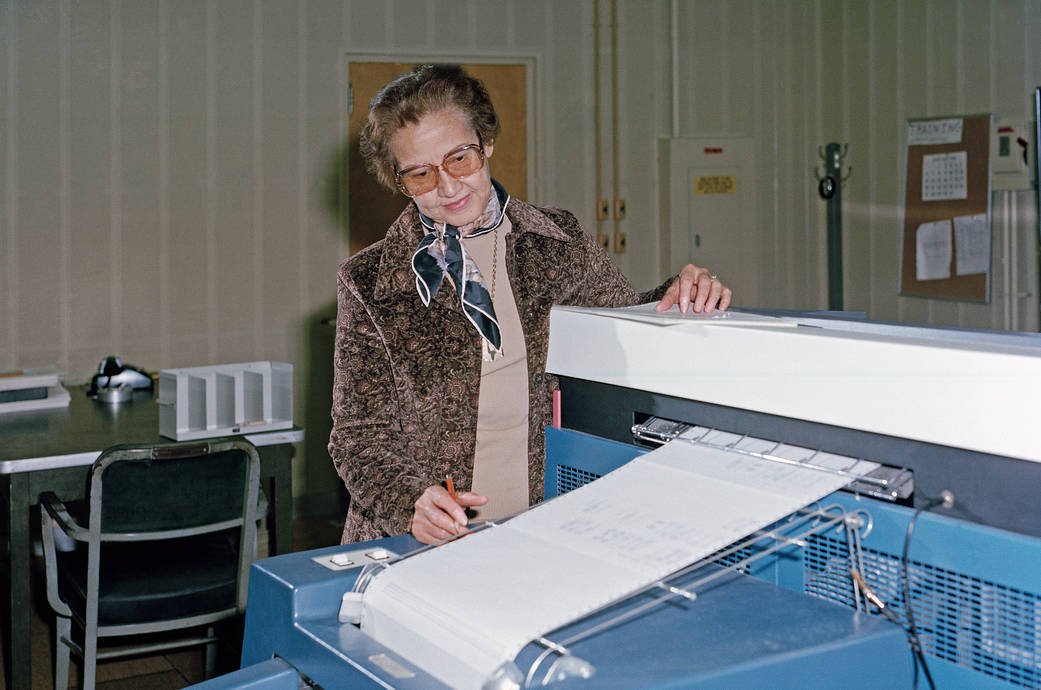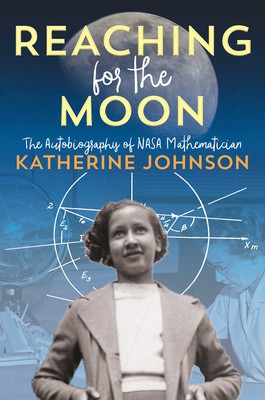'Hidden Figure' Katherine Johnson Tells Her Own Story in Young Readers' Book

Katherine Johnson, the now-retired NASA computer whose work on early human spaceflight milestones was highlighted in the blockbuster movie "Hidden Figures," will publish an autobiography for young readers in September 2019 called "Reaching for the Moon."
Now 100 years old, Johnson joined the government agency that later became NASA as a human computer in 1953. Such staffers — typically women and, in an unusual hiring decision for the era, sometimes black — were tasked with solving complex mathematical problems by hand, before mechanical computers were available.
Johnson's most famous work with the agency came during early human-spaceflight missions, most notably as NASA prepared to send John Glenn to space as the first American to orbit Earth. She also contributed to contingency plans that were used during the near-disastrous Apollo 13 flight. All the while, she and other black women employed in technical roles by the space program had to fight both racism and sexism at the office.
Johnson's work and that of her colleagues was largely overlooked, until their efforts were highlighted in the 2017 film "Hidden Figures," which followed Johnson (played by Taraji P. Henson) and her two colleagues Dorothy Vaughan (played by Octavia Spencer) and Mary Jackson (played by Janelle Monáe). The trio, as well as the broader history of black women in the U.S. space program, were also featured in a 2016 book of the same title (William Morrow).
Now, Johnson is seizing the opportunity to tell her story herself, in the form of an autobiography meant for middle school-age readers.
"Reaching for the Moon: The Autobiography of NASA Mathematician Katherine Johnson" will be published on Sept. 17 by Atheneum Books for Young Readers, an imprint of Simon & Schuster.
Email Meghan Bartels at mbartels@space.com or follow her @meghanbartels. Follow us @Spacedotcom and Facebook. Original article on Space.com.
Breaking space news, the latest updates on rocket launches, skywatching events and more!

Meghan is a senior writer at Space.com and has more than five years' experience as a science journalist based in New York City. She joined Space.com in July 2018, with previous writing published in outlets including Newsweek and Audubon. Meghan earned an MA in science journalism from New York University and a BA in classics from Georgetown University, and in her free time she enjoys reading and visiting museums. Follow her on Twitter at @meghanbartels.

